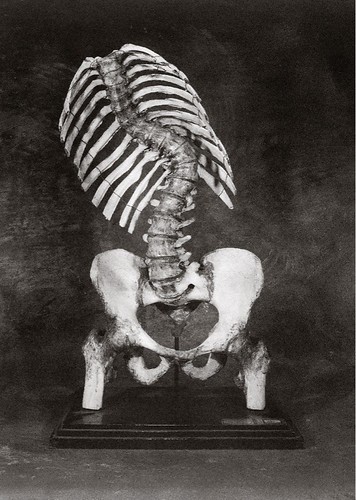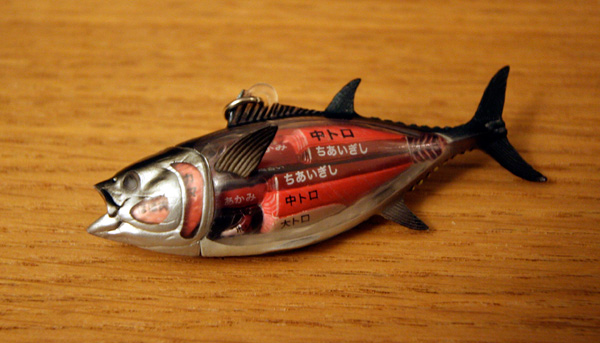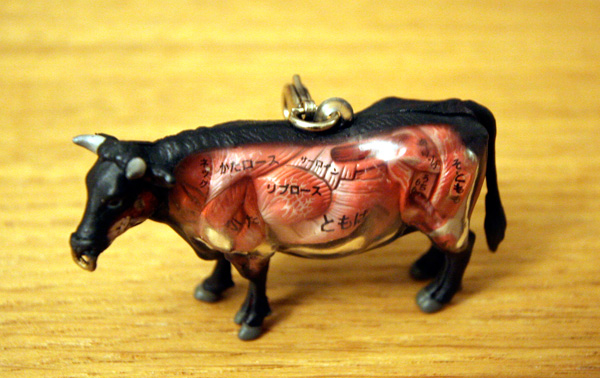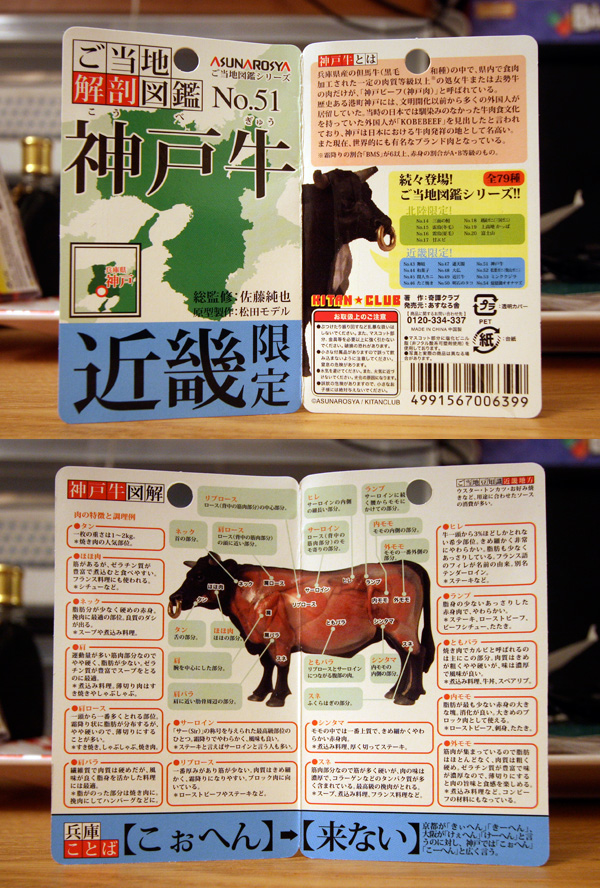



A small sampling of Stanford University School of Medicine's renowned "Bassett Collection" has been uploaded to Flickr! I really love this new direction Flickr has been taking, working with museums to showcase their collections. (For more on this, see recent posts on Library of Congress and National Museum of Health and Medicine.)
The "Bassett Collection" is more, however, than just a group of beautiful dissection photos; it is also a View-Master set! No joke. This collection premiered in 1962 as the Stereoscopic Atlas of Human Anatomy. This set consisted of 221 View-Master reels of 1,554 color, stereoscopic dissection photos, along with an informational booklet explaining the images. The collection, a collaboration between dissectionist David L. Bassett and View-Master inventor William Gruber, was popular right from the start; when Bassett first exhibited the images, there were lines around the block of people waiting to see them.
This month, they will be released in a new format altogether--online, and with highlighted labeling and audio narration, presumably for a fee. You can view a sampling of the images, fee-free, on Flickr.
Read more about the collection and its history (and future) here. View the Flickr page here. Images of Atlas above from a recent, edited re-release. Thanks to Mike Sappol for sending this along!



































